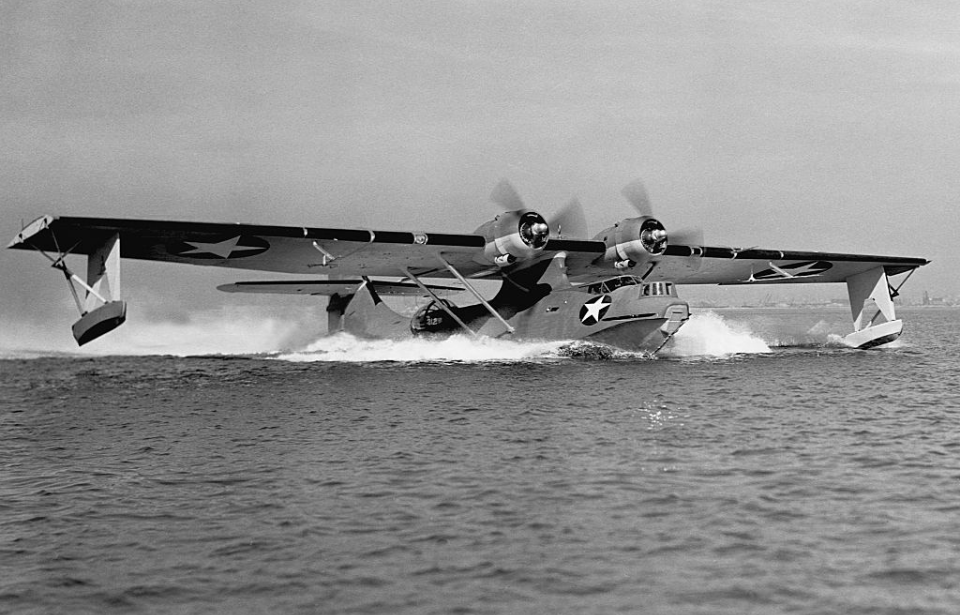Starting from as soon as man conquered flight to the end of the Second World War, flying boats were an extremely popular type of aircraft. With the ability to take off from water (and sometimes land), these planes were extremely versatile, and thanks to their virtually unlimited runway space, were able to grow to immense sizes. They opened up travel to remote locations, and were particularly useful in military roles, where they could serve as rescue planes.
While flying boats remain in use today, their popularity plummeted in the years following WWII.
Flying boat variants
The concept of flying boats seems simple. They behave like normal aircraft when in the sky, but are able to land on water. While the terms “floatplane,” “seaplane” and “flying boats” are often used interchangeably when referring to the aircraft, they’re actually different.
Floatplanes land on buoyant floats positioned underneath the aircraft. They are usually smaller and cheaper to produce, as the fuselage doesn’t come into contact with water. Flying boats, on the other hand, land on their fuselages, which are designed with a boat-like shape. They are typically larger and more expensive, but possess a greater range and heavier payload.
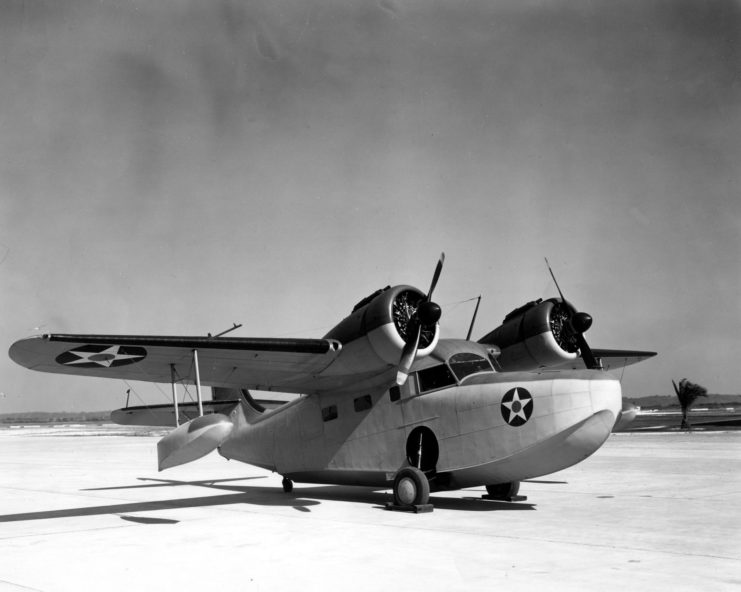
Floatplanes and flying boats can be designed to land on both land and water, and are thus known as amphibious aircraft. The term “seaplane” is all-encompassing and used to describe any aircraft that can land on water, regardless of the exact methods involved.
Versatility and safety
Aircraft that can operate without pre-built runways are extremely useful, especially back in the 20th century when the vast majority of areas were without modern infrastructure. This was due to a number of reasons, including the high costs associated with pouring new runways. For perspective, Long Island’s Floyd Bennett Field was the only concrete runway in the US as of 1938.
Flying boats could travel to the most remote locations and still have a place to land. With the ability to refuel at sea, as opposed to airfields, they were able to fly further than their non-amphibious counterparts. The length of a runaway was also an important factor when dictating the size of aircraft, as larger planes require longer take-off distances. Even if a runway could accommodate a larger machine, a trip was impossible if the airfields at refueling stops couldn’t.
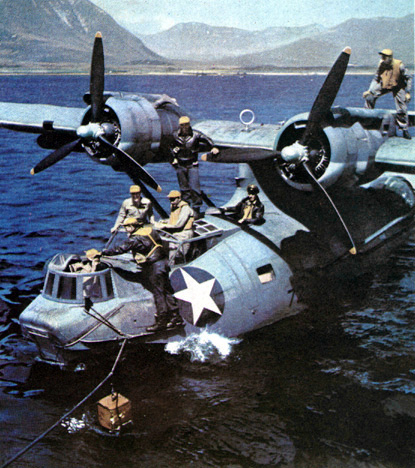
With the virtually unlimited take-off distances of the ocean, flying boats could be built larger and heavier. In fact, before the end of WWII, seaplanes were among the largest aircraft in the world. This, again, made them extremely handy for traveling to remote locations, as they could carry greater loads and were not limited by the runways at the destination or refueling locations.
Another advantage was safety. When a conventional aircraft experiences issues over the ocean, they have to ditch in the water. Flying boats, on the other hand, could simply land, even in the event of engine failure, allowing the crew to await rescue in safety. In some situations, they could land, carry out repairs themselves and take off again.
Military use during the World Wars
Flying boats became commonplace during World War I, during which the Curtiss flying boat was the only US-designated aircraft to see combat. Another used during the conflict was the Georges Levy G.L40 – better known as the Levy-Le Pen – a three-seat French biplane.
After this, flying boats grew in size and capability. The versatility and safety they provided made them particularly attractive to navies around the world, largely because their runways couldn’t be destroyed by bombings. They served as excellent transport, bomber and reconnaissance aircraft.
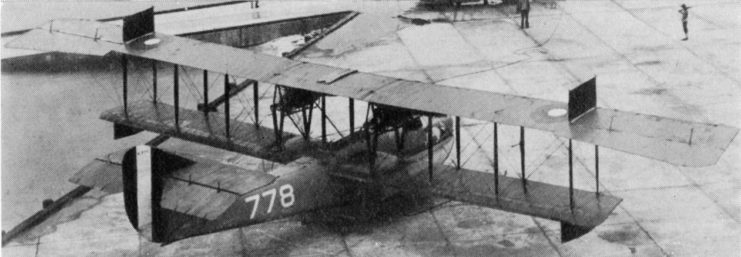
During WWII, the PBY Catalina, Grumman G-21 Goose, Martin PBM Mariner and the Short S.25 Sunderland were produced in large numbers. They were typically used to conduct anti-submarine patrol and gunfire spotting for battleships in the Pacific Theater and during the Battle of the Atlantic. They also excelled in search and rescue roles, as they could land next to downed pilots and pull them to safety.
The US Navy and the Imperial Japanese Navy, in particular, invested heavily in flying boats and floatplanes. The Japanese are thought to have flown the best flying boats of the war, the Kawanishi H8K, which were involved in a second raid on Pearl Harbor. However, poor visibility failed to produce any real damage.
In regard to the US Navy, the usefulness of flying boats was shown prior to the Battle of Midway, when Catalinas spotted a fleet of Japanese ships approaching Midway Island.
No longer necessary
Despite being safe, practical and versatile, flying boats slowly fell out of use following the conclusion of the Second World War. The US Navy continued to operate the aircraft until the 1960s, and in the 1950s even tried to develop a jet-powered flying boat bomber, the Martin P6M SeaMaster. However, numerous issues with the design made it incapable of service.
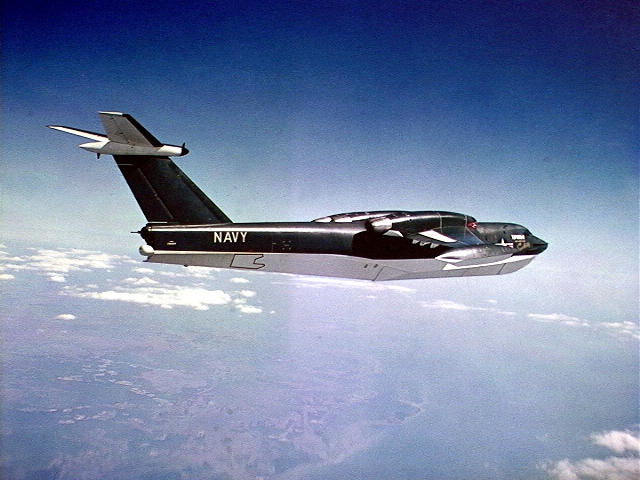
While still in use today, the number of flying boats is nowhere near what it was in the run up to and during WWII. During the island hopping campaign in the Pacific, the US constructed large airstrips that were fit for use by heavy bombers like the Boeing B-29 Superfortress. These either stayed under military control or evolved into civilian airports, making flying boats redundant in those areas.
There was also the issue of inclement weather. While the ability to land on water initially made flying boats appealing, their pilots were often at the mercy of Mother Nature. Rough seas often prevented landings and take-offs, whereas land-based aircraft could still operate.
Furthermore, worldwide infrastructure reached a point where airfields were more and more common, even in remote locations. This was compounded by modern advancements in aircraft design, which have produced faster planes with a greater range. On the flip side, the shape of flying boats hinders their speed and aerodynamic efficiency.
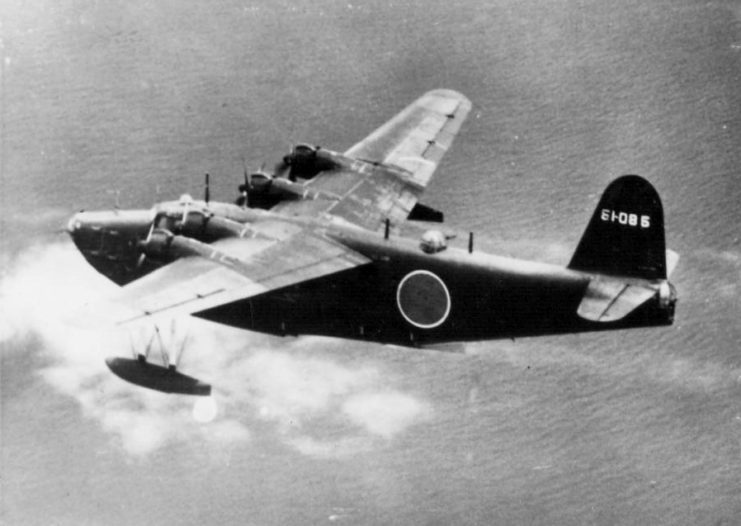
For these reasons, flying boats are no longer necessary in the quantities seen back in the 1940s. They continue to fulfill niche roles today, including maritime patrol and forest fire suppression.
